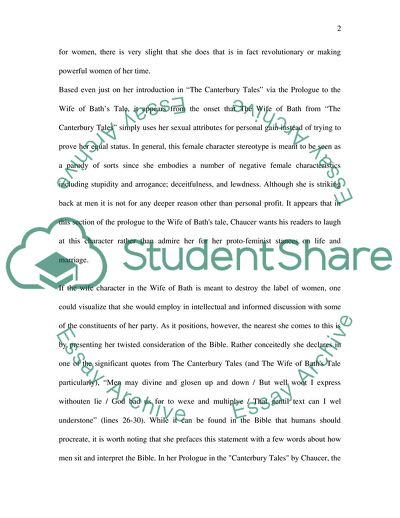Cite this document
(The Wife of Bath's Tale Assignment Example | Topics and Well Written Essays - 1750 words, n.d.)
The Wife of Bath's Tale Assignment Example | Topics and Well Written Essays - 1750 words. https://studentshare.org/literature/1718512-critical-research-paper-from-the-medieval-era
The Wife of Bath's Tale Assignment Example | Topics and Well Written Essays - 1750 words. https://studentshare.org/literature/1718512-critical-research-paper-from-the-medieval-era
(The Wife of Bath'S Tale Assignment Example | Topics and Well Written Essays - 1750 Words)
The Wife of Bath'S Tale Assignment Example | Topics and Well Written Essays - 1750 Words. https://studentshare.org/literature/1718512-critical-research-paper-from-the-medieval-era.
The Wife of Bath'S Tale Assignment Example | Topics and Well Written Essays - 1750 Words. https://studentshare.org/literature/1718512-critical-research-paper-from-the-medieval-era.
“The Wife of Bath'S Tale Assignment Example | Topics and Well Written Essays - 1750 Words”. https://studentshare.org/literature/1718512-critical-research-paper-from-the-medieval-era.


